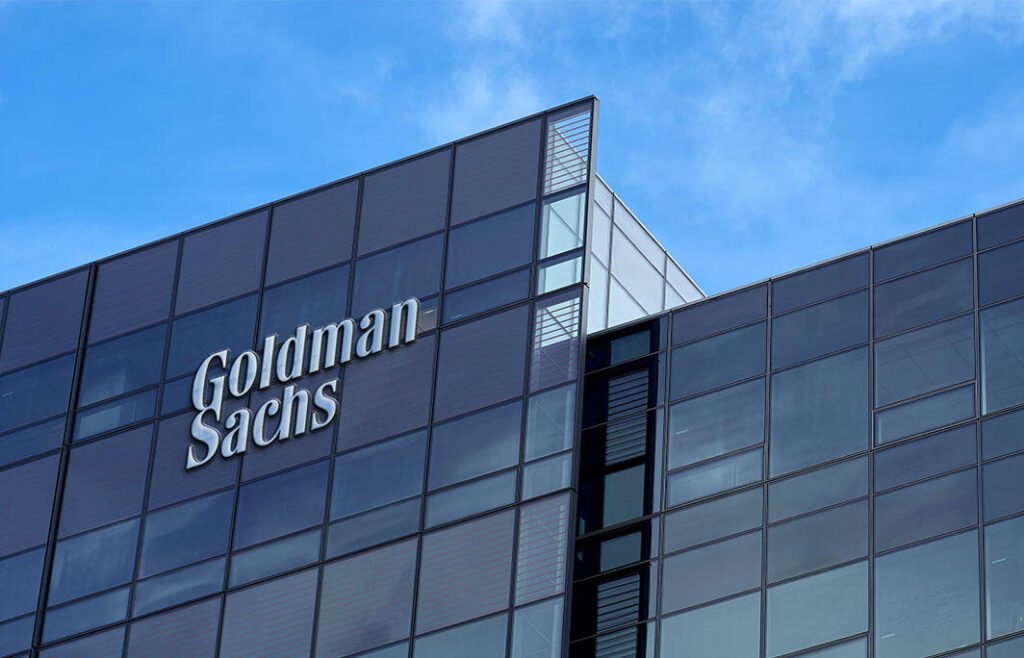Goldman Sachs, one of the world’s leading investment banks, has abandoned its plans to develop a Goldman-branded credit card for retail customers. This decision marks another setback in the firm’s strategic pivot. CEO David Solomon had previously stated that the bank was developing its card to use the platform created for its partnership with Apple Card. The vision was part of an ambitious plan to serve everyday Americans by expanding beyond the core competencies of the investment bank.
However, the bank’s plans fell apart. Solomon faced pressure to stop losses from the consumer side of the bank’s business. In October 2021, the bank experienced a corporate overhaul. The bank later announced the closure of its Marcus personal loans business. The bank also shelved plans for a checking account. The overhaul involved the division of its retail operations.
The bank’s strategic pivot has seen its ambitions in consumer finance. For example, the bank’s existing card products have caught the attention of regulators, including the Consumer Financial Protection Bureau.
Little had been done to develop the Goldman-branded credit card despite the idea of the card with a suite of banking products being mentioned last summer. According to people familiar with the situation, the bank’s ambitions in consumer finance had exceeded its ability to execute them.
Goldman Sachs’ Strategic Vision
The bank had proposed a credit card as part of a suite of products. The suite of products would include a digital checking account. The suite of products aimed to enhance the bank’s profit margins and loyalty in its retail efforts. The bank had confidence that customers would desire a credit card with the Goldman Sachs brand. The idea of a Goldman-branded credit card vanished. The bank reduced its ambitions to be the central bank for many people.
Initially, the executives thought that customers would want a credit card with the Goldman Sachs name. The Goldman Sachs name was featured on the back of Apple’s titanium credit cards, not on the Marcus brand that the bank introduced in 2016. If the bank launched its credit card, it could have been more selective in approving customers.
In addition, launching its card would be even more expensive than partnering with an outside brand. This is because Goldman would have footed the cost of acquiring customers and enticing them with rewards. Giants like JPMorgan Chase and Citigroup offer a mix of co-branded products with airlines and retailers. They also have their proprietary credit cards. Therefore, a Goldman Sachs-branded credit card was considered too expensive.
Goldman Sachs’ Existing Card Products
Goldman Sachs had previously partnered with Apple to create the Apple Card. The bank had considered this a significant move towards achieving its goals in consumer finance. In 2019, Apple launched its credit card, which was perceived as a direct challenge to traditional banks that provided credit cards. The partnership had allowed Goldman to take a new approach to consumer finance, focusing on simplicity, transparency, and privacy. The Apple Card had no fees and a cash-back rewards program. This was designed to encourage responsible spending.
Goldman Sachs also launched the Marcus brand in 2016. It aimed to provide personal loans and online savings accounts for retail customers. The bank viewed Marcus as a significant stride towards advancing its retail operations. However, in October 2021, the bank announced the closure of the Marcus personal loans business and shelved plans for a checking account.
Overall, the decision not to proceed with the Goldman-branded credit card is another setback for the bank’s retail ambitions. The bank had previously believed that a Goldman card would have been part of a suite of products. This would have been designed to help enhance its retail efforts’ profitability and customer loyalty. However, the company’s strategic pivot away from consumer finance and towards more profitable areas ultimately led to shelving the project.
